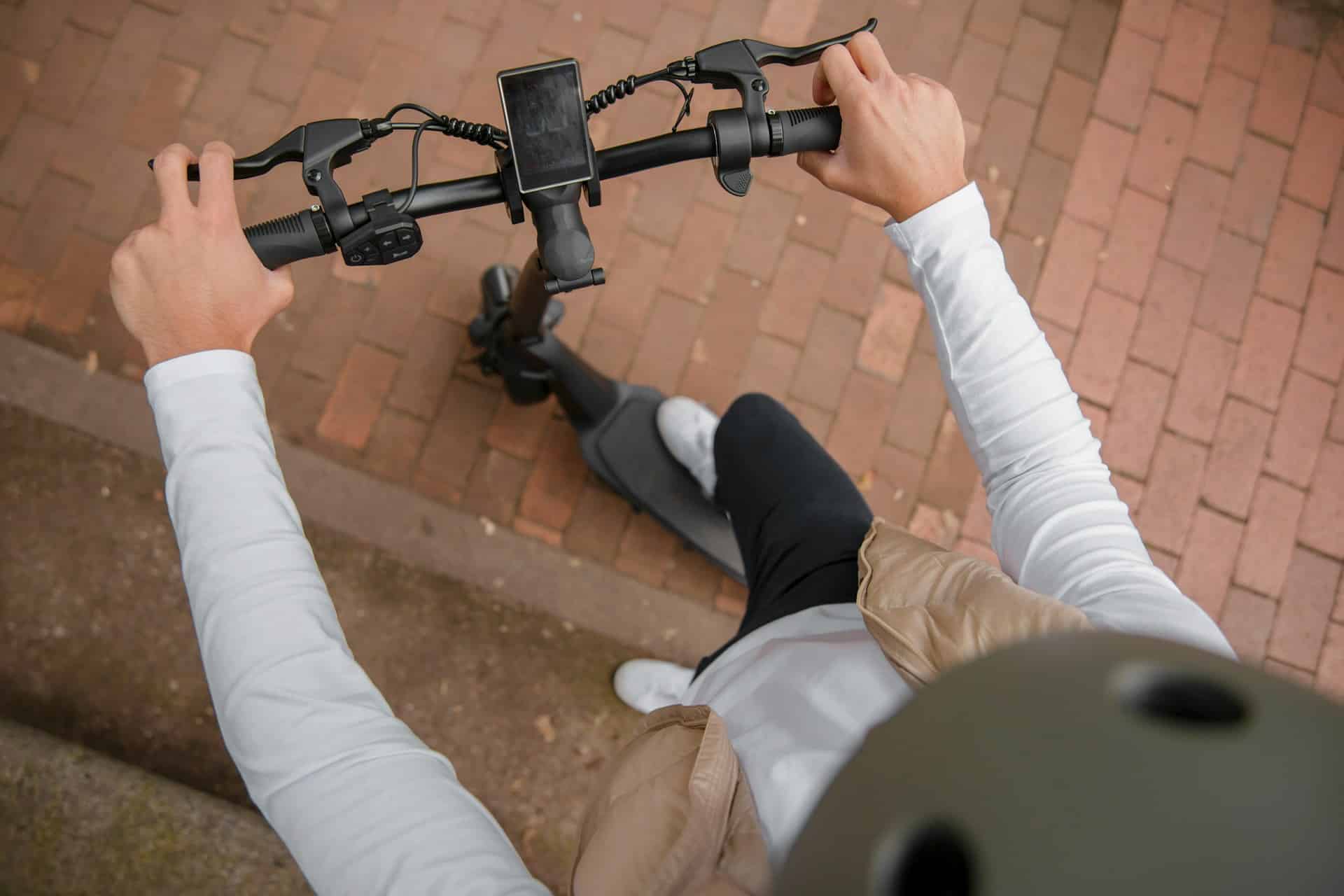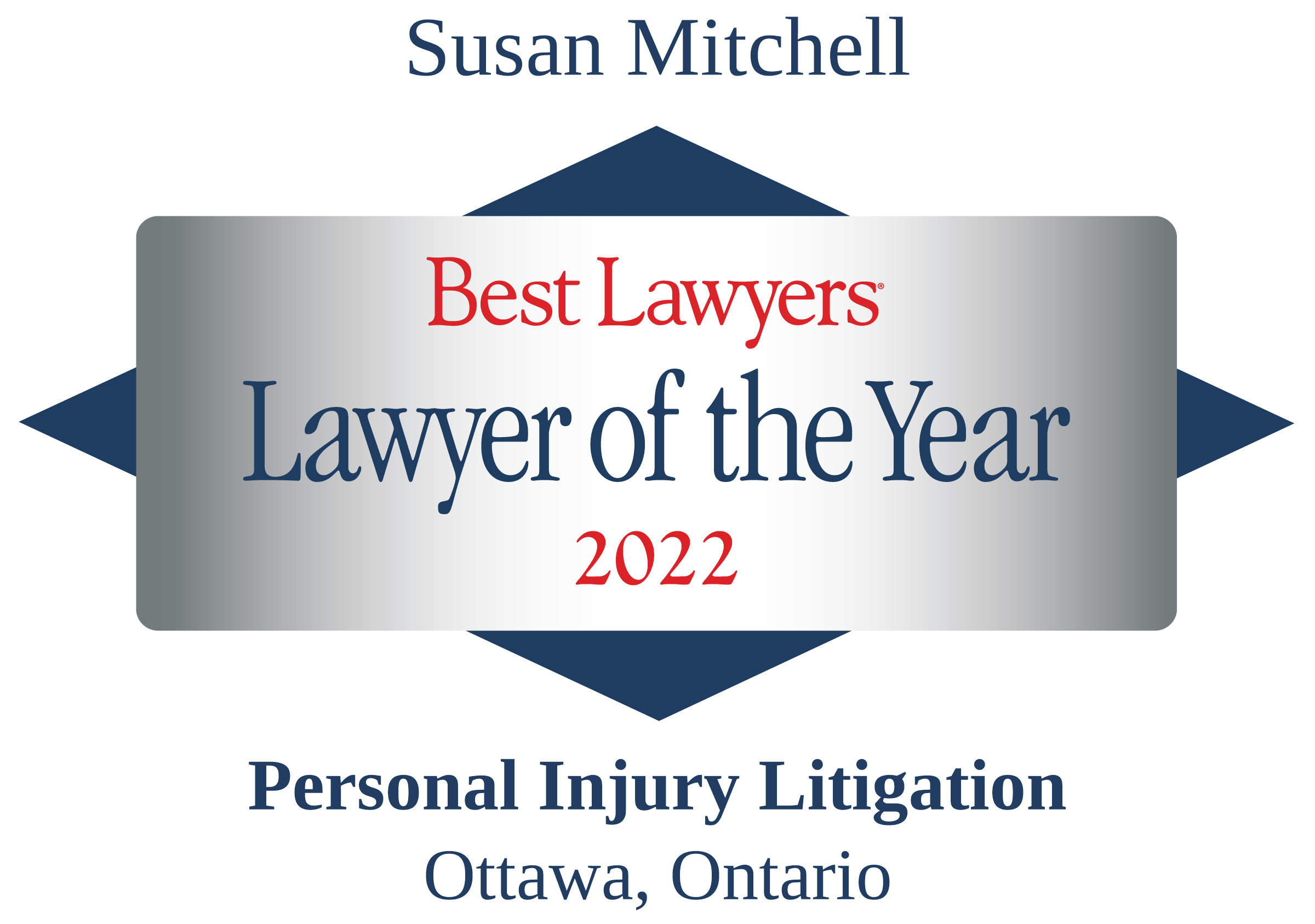Ottawa’s cityscape has been rapidly transforming in recent years, with the introduction of e-scooters as a popular mode of transportation. These convenient and eco-friendly vehicles have quickly become common on the city’s streets and bike paths. However, this rise in popularity has also brought a concerning trend: a significant increase in e-scooter-related injuries. This has subsequently led to a surge in personal injury claims, making e-scooter accidents a trending legal topic in Ottawa.
This blog post will delve into the legal aspects surrounding e-scooter injuries in Ottawa, examining the relevant laws, potential liabilities, and challenges riders and pedestrians face.
The Legal Landscape of E-Scooters in Ottawa
In Ontario, e-scooters are governed by a complex framework of provincial and municipal regulations. The Highway Traffic Act (HTA) of Ontario provides the overarching legal framework for all vehicles on public roads. At the same time, municipalities like Ottawa have the authority to enact bylaws that further regulate e-scooters within their jurisdictions.
Currently, the City of Ottawa allows the use of privately owned e-scooters on roads where the speed limit is 50 km/h or less, as well as on bike paths and multi-use pathways. However, there are specific rules that riders must adhere to, including:
- Helmet Use: Helmets are mandatory for all e-scooter riders in Ontario, regardless of age. This is stipulated under Section 104 of the HTA.
- Age Restrictions: Riders must be 16 years of age or older.
- No Passengers: Carrying passengers on e-scooters is prohibited.
- Rules of the Road: E-scooter riders must obey all traffic laws, including traffic signals, signs, and right-of-way rules.
- Impaired Operation: Operating an e-scooter while under the influence of alcohol or drugs is strictly prohibited and carries the same penalties as driving a motor vehicle while impaired, as outlined in the Criminal Code of Canada.
These regulations aim to ensure the safety of both e-scooter riders and other road users. However, the relatively recent introduction of e-scooters has led to some ambiguities and challenges in enforcement, which can complicate personal injury claims.
Common Types of E-Scooter Accidents and Injuries
E-scooter accidents can result in a wide range of injuries, impacting riders, pedestrians, and even those in nearby vehicles. Understanding the typical accident scenarios is crucial for promoting safety and understanding potential legal ramifications.
Collisions with Motor Vehicles
Due to their significant difference in size and speed, collisions between e-scooters and motor vehicles are among the most dangerous e-scooter accidents. These incidents often occur at intersections, where drivers may fail to properly check for or yield to e-scooters, especially during turns.
A driver turning left across oncoming traffic or turning right into a crosswalk may not see an approaching e-scooter. These collisions can lead to severe injuries for the rider, including fractures to the legs, arms, and ribs due to the direct impact.
Head trauma, ranging from concussions to more serious traumatic brain injuries, is also a significant risk, particularly if the rider is not wearing a helmet. In the most severe cases, these collisions can result in spinal cord injuries, potentially causing long-term disability or paralysis.
Collisions with Pedestrians
While e-scooters offer a convenient mode of transportation, their use on sidewalks and shared pathways can create hazards for pedestrians. These accidents are more common in crowded areas like downtown cores, parks, and during public events.
Riders travelling at excessive speeds or failing to yield to pedestrians significantly increase the risk of collisions. These incidents can cause various injuries to pedestrians, including sprains and fractures resulting from falls caused by the impact.
Older adults are particularly vulnerable to hip and wrist fractures. Even at lower speeds, the impact of an e-scooter can cause head injuries, especially for children and the elderly, who may have less stable balance.
Single-Vehicle Accidents
Single-vehicle e-scooter accidents occur when the rider loses control of the device without colliding with another vehicle or pedestrian. These incidents are frequently caused by road hazards such as potholes, uneven road surfaces, or debris that can destabilize the e-scooter.
Mechanical failures, such as brake malfunctions or tire blowouts, can also lead to loss of control. Rider errors, including inexperience, improper posture, or distractions, can also contribute to these accidents.
Common injuries resulting from single-vehicle accidents include fractures to the wrists, elbows, and collarbones, often caused by the rider falling onto outstretched arms. Abrasions and lacerations, commonly known as road rash, can occur from sliding across the pavement. Head injuries are also a concern in these incidents, as riders may hit their heads on the ground during a fall.
“Dooring” Accidents
“Dooring” accidents present a specific danger to e-scooter riders. These incidents occur when a driver or passenger opens a vehicle door into the path of an oncoming e-scooter. This ot
The severity of injuries in all these scenarios is influenced by various factors, including the speed of the e-scooter, the force of the impact, and the use of protective gear such as helmets. The extent and nature of these injuries play a significant role in determining the potential compensation in personal injury claims.
Establishing Liability in E-Scooter Injury Cases
Determining liability in e-scooter accidents can be complex, as multiple factors and parties may contribute to an incident. The process involves assessing negligence, which is the failure to exercise reasonable care, resulting in harm to another person. Several parties could potentially be held liable:
The E-Scooter Rider
An e-scooter rider can be held liable if their negligent actions contributed to the accident. This includes violating traffic laws, such as running red lights or failing to yield, riding under the influence of alcohol or drugs, or engaging in reckless behaviour like speeding or weaving through traffic. If the rider’s actions directly caused or contributed to the accident, they can be held responsible for the resulting damages.
The Motor Vehicle Driver
The driver’s negligence can be a key factor if a motor vehicle is involved. This could include failing to yield the right-of-way to an e-scooter, driving while distracted by a phone or other device, or driving under the influence. “Dooring” incidents, where a driver opens their door into the path of an oncoming e-scooter, are also a common example of driver negligence.
The Municipality
Municipalities have a responsibility to maintain safe roads and infrastructure. The municipality may be liable if an accident is caused by a hazardous road condition, such as a significant pothole, inadequate signage, or poorly maintained bike paths. However, proving municipal liability often requires demonstrating that the municipality was aware of the hazard and failed to take reasonable steps to rectify it.
The E-Scooter Rental Company (if applicable)
If the e-scooter was rented, the rental company could be liable if a mechanical defect caused the accident. This could include faulty brakes, tire problems, or steering malfunctions. Rental companies have a duty to ensure their e-scooters are properly maintained and safe for use.
In Ontario, the principle of comparative negligence, as outlined in the Negligence Act, allows liability to be apportioned among multiple parties based on their fault. This means that even if the e-scooter rider was partially at fault for the accident, they may still be able to recover some compensation from other liable parties.
Statutory Accident Benefits (SABs)
In Ontario, regardless of who is at fault for a motor vehicle accident (which includes accidents involving e-scooters and cars), injured individuals are entitled to receive Statutory Accident Benefits (SABs). These benefits are provided through the injured person’s auto insurance policy (or the vehicle’s policy involved in the accident if the injured person doesn’t have their own).
SABs can provide coverage for a range of expenses, including:
- Medical and Rehabilitation Expenses: This includes treatment, therapy, and rehabilitation costs.
- Income Replacement Benefits: This compensates for lost income if the injured person cannot work due to injuries.
- Attendant Care Benefits: This provides funding for assistance with daily tasks if injured people cannot care for themselves.
- Other Benefits: This can include benefits for things like housekeeping, transportation, and funeral expenses.
It’s important to note that the amount of benefits available under SABs is limited, and the specific benefits available will depend on the severity of the injuries.
Pursuing a Personal Injury Claim
In addition to SABs, an injured person may also be able to pursue a personal injury claim against the at-fault party to recover compensation for damages not covered by SABs. These damages can include:
- Pain and Suffering: This compensates the injured person for the physical and emotional pain caused by their injuries.
- Loss of Enjoyment of Life: This compensates the injured person for the impact their injuries have had on their ability to participate in activities they previously enjoyed.
- Future Care Costs: This covers the estimated costs of future medical treatment and rehabilitation.
To successfully pursue a personal injury claim, the injured person must prove that the other party was negligent and that this negligence caused their injuries. This requires gathering evidence such as police reports, medical records, witness statements, and expert opinions.
Understanding Your Legal Options After an E-Scooter Accident
The rise of e-scooters in Ottawa has increased exponentially in e-scooter-related injuries and personal injury claims. The legal landscape surrounding these accidents is complex, involving a combination of provincial and municipal regulations, the principles of negligence, and the availability of statutory accident benefits.
Navigating this complex legal landscape can be challenging for individuals injured in e-scooter accidents. It is crucial to seek legal advice from an experienced personal injury lawyer who can assess the case’s circumstances, determine liability, and help pursue appropriate compensation.
As e-scooters continue to be a popular mode of transportation in Ottawa, it is essential for both riders and pedestrians to be aware of the relevant laws and safety precautions to minimize the risk of accidents and injuries. By understanding the legal framework and taking appropriate steps, individuals can protect their rights and seek the compensation they deserve in the event of an e-scooter accident.
Trusted Ottawa Personal Injury Lawyers For E-Scooter Injuries
At Tierney Stauffer LLP, we understand that every accident is unique. Let our experienced personal injury lawyers provide the personalized attention your e-scooter accident deserves. Call 1-888-799-8057 or contact us online for a free consultation today.


